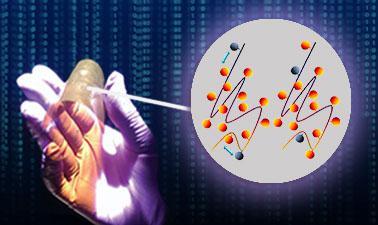MOOC List is learner-supported. When you buy through links on our site, we may earn an affiliate commission.

MOOC List is learner-supported. When you buy through links on our site, we may earn an affiliate commission.
After ~30 years since the first report of a complete organic electronic device (i.e., the organic light-emitting diode), the polymer electronics community has reached a point where the fundamental knowledge of these unique semiconductors has allowed their utilization in key flexible and stretchable electronic applications that have been, or soon will be, commercialized.
In this course, you will gain an understanding of the basic principles and physics of these materials -- which operate in a manner that is distinctly different than traditional (e.g., silicon-based) semiconductors -- and quickly come up to speed in a paradigm-altering field.
In particular, this course will focus on the nanoscale phenomena regarding the physics of semiconducting polymers. This includes how molecular architecture impacts nanoscale structure (e.g., crystalline texture), optical properties, and electronic properties. You will learn to design new materials, consider structure/processing windows, and develop fundamental concepts regarding the physics of charged species in polymer electronics through participation in this course.
What you'll learn
- Design of semiconducting polymers
- How macromolecular design impacts nanostructure
- Common structure-property relationships of semiconducting polymers
Syllabus
Module 1: Introduction to Polymer Physics
Module 2: Thermodynamics and Crystallinity in Macromolecules
Module 3: Nanoscale Structure in Functional Polymers
Module 4: Controlling Charge Flow through Polymer Nanostructure
Module 5: Device Application of Polymer Semiconductors
MOOC List is learner-supported. When you buy through links on our site, we may earn an affiliate commission.
MOOC List is learner-supported. When you buy through links on our site, we may earn an affiliate commission.
